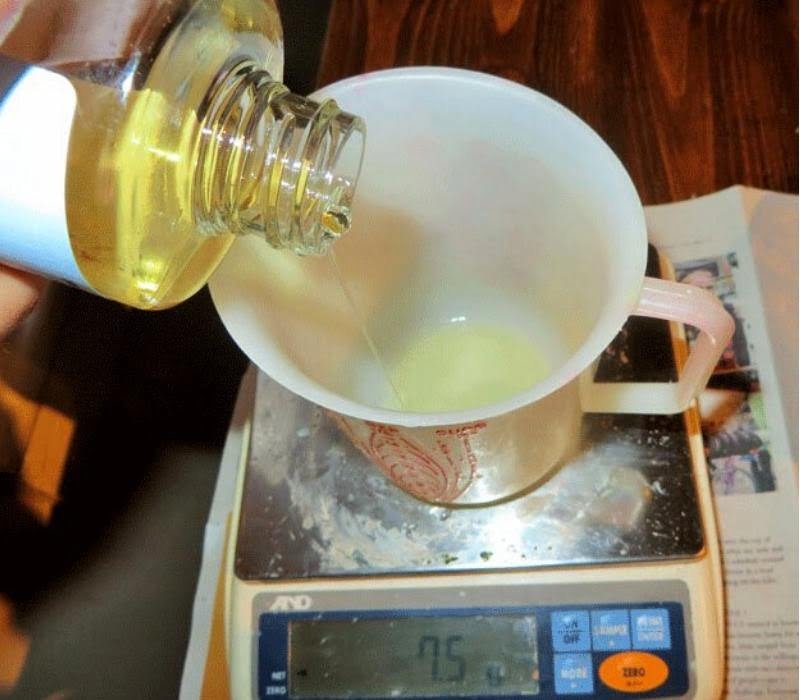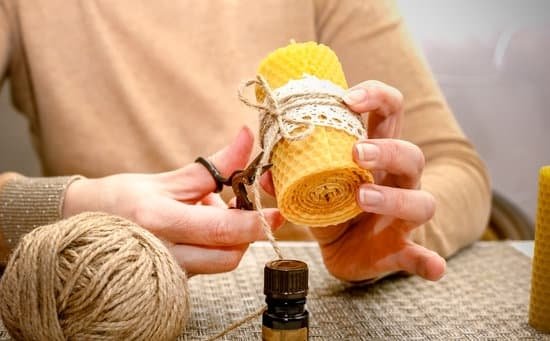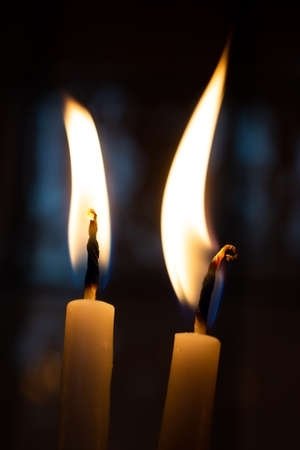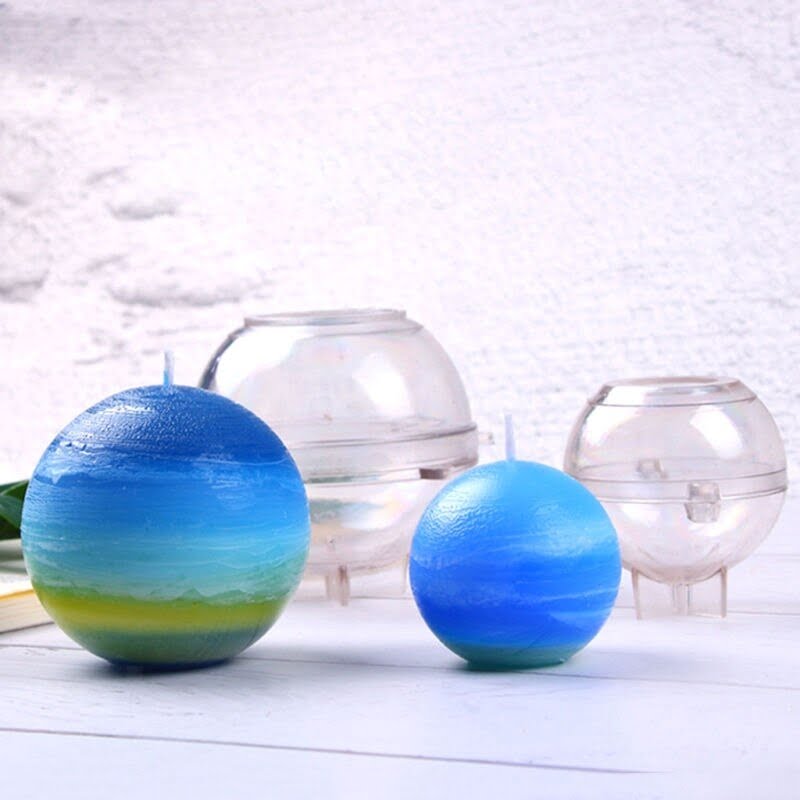Introduction
When it comes to the process of pouring candles, understanding how long the setting and curing process can take is key. Most waxes used for this type of candle making have a settling time of between 6-24 hours. This timeframe largely depends on various factors such as the size, shape, and color of the candle being made. Choosing the right wax mix can also speed up or slow down the process, so it’s important to understand what types of waxes work best with different kinds of candles. Generally speaking, soy wax sets slightly faster than beeswax or paraffin and has a lower melt point and stronger scent throw.
Also worthy of consideration is where you choose to store your candles during their settling period. Temperatures that are too hot can affect the curing process, while too cold temperatures can cause discoloration or crystallization in your candles. Room temperature is always preferable for optimal settling with ideally no more than 25″ (77″) for prolonged periods of time. Additionally, be sure that wherever you’re storing your candles does not receive direct sunlight as this could interfere with the settling process as well.
All in all, when it comes to poured-style candles there’s a lot to consider if you want to create high quality finished products that perform as expected once lit. The very first step after pouring will be allowing them to settle and cure carefully so that you can achieve an optimal burning result each time they are ignited!
Factors that Affect Setting Time
The amount of time a candle takes to set will depend on several factors. For example, the temperature and humidity of the environment in which the wax or candle melts can affect its setting time. If the temperature is too hot, for example, the wax may harden too quickly before it has fully cooled and may require reheating or reforming. Likewise, if the air is too humid, it can make it difficult for the wax to set properly as moisture can prevent it from solidifying. The size and shape of the candle will also affect its setting time; bigger candles are likely to take longer to cool and solidify than smaller ones. Additionally, additives used in manufacturing such as colorants, fragrances or other agents used to enhance burning characteristics may increase a candle’s setting time. Finally, different types of waxes (e.g., paraffin or soy) have different melting points that thereby dictate how long they will take to get to solid state.
Types of Wax and Setting Times
Paraffin wax is a popular choice for candle making. It has versatile properties and can be blended with other types of wax to achieve varying melting points, scents, and colors. Generally, paraffin candles can take anywhere between 8 minutes and 24 hours to set depending on their size, shape, and type of wick used.
Soy wax is considered a more natural alternative to paraffin. It has increased in popularity in recent years as it is made from plant-based hydrogenated oil instead of petroleum like paraffin. Depending on the blend used, setting time for soy wax candles might range from 12 minutes up to 18 hours.
Beeswax is also known as natural wax since it is made by honey bees instead of petroleum-based compounds or hydrogenated oils. While beeswax often produces attractive drip free candles that burn longer than paraffin or soy varieties, fully setting them could take anywhere between 32 minutes and 46 hours ” again due to variables such as size and shape as well as the type of wick used.
Gel candles are another relatively recent addition to the market and involve combining special liquid polyester resin with mineral oil before pouring into containers or molds for curing the liquid mixture into a solid form. As compared with other candle styles, gel candles may take up to 72 hours or even more to completely set before they become ready for use.
Temperature
Temperature plays an important role in the setting time for candles. The optimal temperature for most wax types is between 65-70 degrees Fahrenheit, or 18-21 degrees Celsius. Different wax types may also require slightly different temperatures than listed above. For example, soy wax has a lower melting point than paraffin wax and may need to be kept at a lower setting. In addition, the location where you live can have a significant impact on the temperature required for your candles to set properly. If you live in an area with more extreme weather, you may need to adjust the temperature settings accordingly to ensure that your candles do not overheat or become brittle. Additionally, if your home tends to become too cool during the evening hours, you should consider using an electric heater or candle warmer to make sure that the temperature remains ideal until your candles fully dry and set.
Colorings and Fragrances
Candles with added colorings or fragrances typically take a bit longer to set than those without. This is because the addition of dyes and scents can affect the wax’s consistency, its ability to bind, and its capacity to hold scent or dye molecules. By playing around with your ingredients, you can use these factors to your advantage and adjust the setting time.
When it comes to dye, adjusting the amount of powder added is key- the more dye used, the longer it will take for the candle to set. Start with small amounts of dye powder in order to achieve a lighter hue and then steadily increase as needed for darker shades. To adjust your scent load, start by using just .02 oz per pound of wax. If you desire a stronger scent, experiment by increasing this amount gradually up one half ounce per ten pounds in order to achieve desired strength without negatively affecting setting time.
Curing Container
Candles typically come in three different types of containers: metal, glass and plastic. The container can affect how long the candle takes to set as each one has a different ability to disperse heat. For example, metal containers warm up quickly and release a larger amount of heat than glass or plastic containers, meaning candles set faster in metal containers. On the other hand, glass containers take longer to warm up and release less heat than metal or plastic, making them best for slow-curing candles such as pillar candles. Finally, plastic containers are intermediate between metal and glass when it comes to setting time. Plastic is more porous than either of the other two materials so absorbs less heat from the candle flame during setting and therefore takes longer than either of the others to fully solidify. It should be noted that ceramic containers can also be used for candles although it takes considerably longer for these to cool down due to their high density compared with metal, plastic or glass.
Setting Time Tips
The setting and curing process of a candle is different depending on the type of wax and wick used in the making. Generally, it can take between four to eight hours for an all-natural beeswax or paraffin wax candles to fully cool and harden, with soy and palm wax candles taking between six and ten hours. There are various techniques one can use to ensure that their candles have set correctly:
1. Let your candle cool in a humid area rather than a dry, cold space”this prevents too much air from circulating around your freshly poured hot wax.
2. In order for it to set properly into a clean shape, make sure the container your candle is poured into isn’t too big or deep. Pouring into a shallow or wide vessel will allow it to cool several centimeters from the top instead of forming an angled surface.
3. Make sure that while it’s cooling, you don’t disrupt the surface of the wax by touching or moving your container. This could create creases and imperfections that won’t level out when it sets as expected.
4. Place your newly poured candle out of reach of any pets or kids who might be tempted to move or touch the product before it has cooled down enough to withstand any contact without marking its surface irreversibly.
5. If you plan to add toppings like dried fruit petals, glitter, wood pieces etc., wait until after your candle has completely cooled down before adding them on top ” otherwise these things may sink into the hot wax as well as gum up any further work you’re trying to do with your candle!
Conclusion
The exact amount of time it takes for a candle to set depends on a lot of factors, including ambient temperature, type of wax used, and scent load. Generally speaking, most candles require anywhere from 24-48 hours to fully cure after being poured and cooled. It is important to remember that this window begins only after the initial cooling process is complete and not directly following the pouring process. While some manufacturers may give shorter or longer estimates, the above timeline of 24-48 hours holds true for all types of candles. Understanding how long your candle needs before you can use or gift it is key to ensuring proper burning, scent throw, and longevity. Additionally, being mindful of curing at the correct temperature ensures that all additives mix well with each other leading to an even burning candle with no wax pooling at the edges.

Welcome to my candle making blog! In this blog, I will be sharing my tips and tricks for making candles. I will also be sharing some of my favorite recipes.





